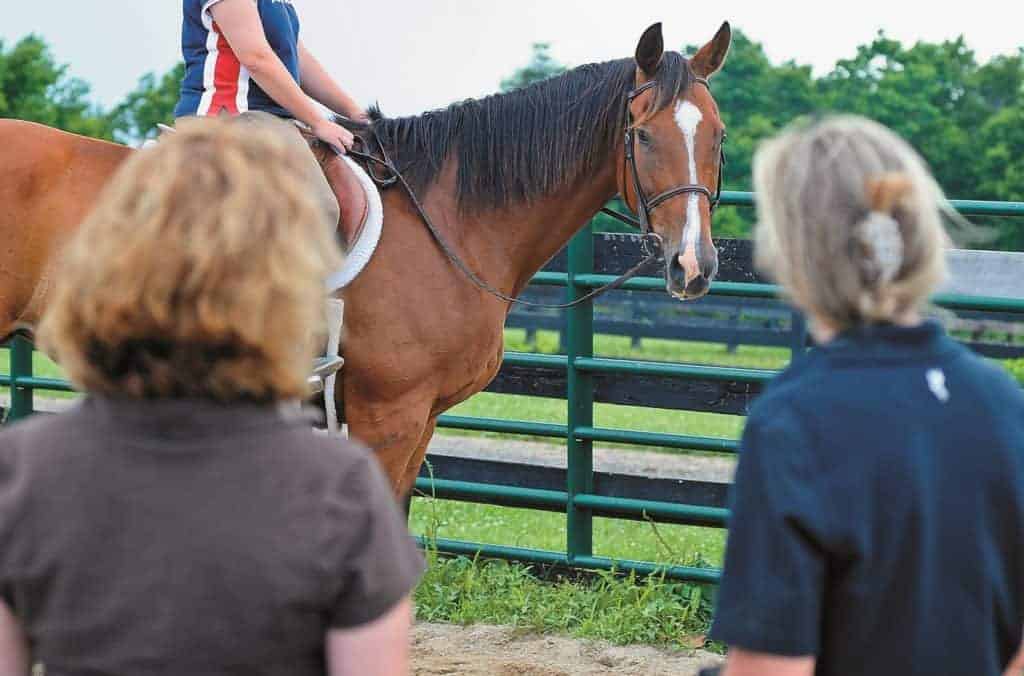
Shoeing Techniques to Optimize Hind Hoof Unrollment
Researchers evaluated shoeing options to optimize hind hoof unrollment (or toe movement through the stride).

Researchers evaluated shoeing options to optimize hind hoof unrollment (or toe movement through the stride).

Recent research shows that a sensor-based system can effectively measure a horse?s response to flexion tests.

Slowing down the trot during exams for mildly lame horses could yield more accurate results, researchers say.

Horses topped out at 29% of their body weight in a study that evaluated gait changes when loaded.

One vet said multiple abnormalities could contribute to hoof lameness, rather than just one problem.

Swedish researchers discovered that genetic makeup affects locomotion patterns in horses.

Dr. Monty McInturff of Tennessee Equine Hospital shares the most important things he thinks horse owners should know about magnetic resonance imaging (MRI) as a diagnostic tool.

One vet encouraged practitioners and farriers to take a biomechanical approach to treating some foot problems.

Research shows that various angles of the outer and inner hoof are linked to different kinds of lameness.

In this particular study, the 5- and 60-second flexions did not yield the same results.

Non-weight-bearing lameness is one of the most common emergencies practitioners manage in the field.

These state-of-the-art pressure sensors that can measure the forces at more than 1,000 location on the hoof.

The two-day program included presentations about podiatry, diagnostics, and treatments for laminitis.

Researchers observed noticeable lameness in horses consuming high levels of endophyte-infected seeds and hay.

Neurologic signs, weakness, gait changes, and forelimb lameness can all point to an equine neck condition.
Researchers have identified and are studying a gene mutation linked to altered gait in horses.
Stay on top of the most recent Horse Health news with
"*" indicates required fields